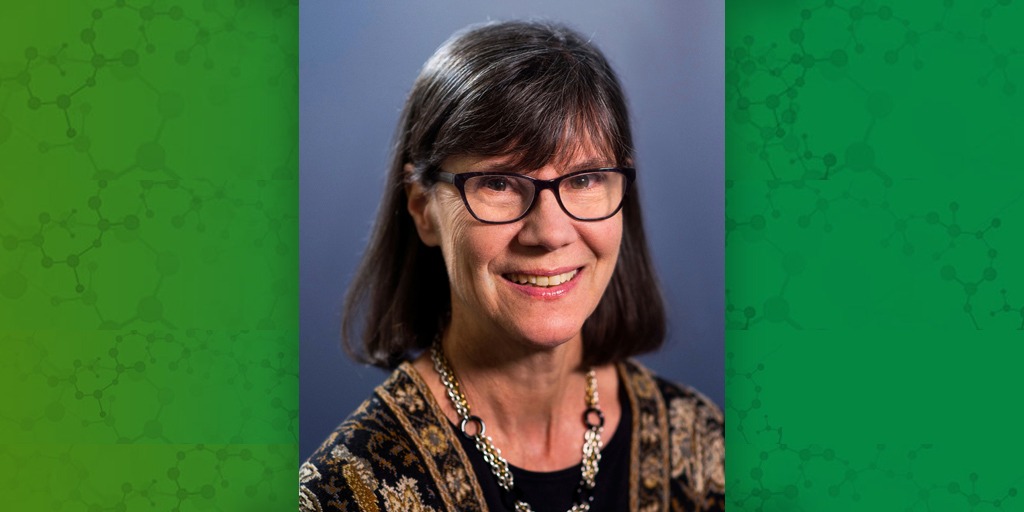Whole person health, innovative COVID-19 research, and efforts to enhance diversity both in study populations and the scientific workforce were some of the topics discussed during the Sept. 13 meeting of the National Advisory Environmental Health Sciences Council (NAEHSC).
Human health from 30,000 feet
NIEHS and other National Institutes of Health (NIH) institutes have worked with the National Center for Complementary and Integrative Health (NCCIH) to advance the concept of whole person health. The goal is to promote research that examines the totality of factors related to human health, whether biological, environmental, genetic, social, psychological, or otherwise.
“This is urgent because we are facing an unprecedented reduction in health expectancy in the U.S.,” NCCIH Director Helene Langevin, M.D., told attendees. Earlier this year, her institute released a strategic plan emphasizing whole person health. “We have had a convergence of crises, including the opioid crisis, the pain crisis, the obesity epidemic, and climate change, and we also have realized that a lot of those issues are compounded by socioeconomic disparities.”
Filling critical research gaps
Biomedical science often is marked by specialization and a focus on treating diseases targeting specific organs, cells, and genes, noted Langevin. However, that has led to critical knowledge gaps.
“We understand the physiological factors that lead to disease better than the factors that lead to the restoration of health, which involves the whole person,” she said.
For example, there is a shortage of research into how psychological stress may amplify the effects of environmental exposures such as traffic-related air pollution. There also is limited research into how stress management techniques, such as mindfulness-based stress reduction, may counter those effects. To overcome such knowledge gaps and build health resiliency, it is important to advance multidisciplinary research, new scientific methods, and strategic partnerships, according to Langevin.
“We see that [whole person health] is going to be an area of research that will grow and that has the potential to really spread throughout NIH,” she added.
Responding to the COVID-19 pandemic
 Stanley shared a lighthearted video about her COVID-19 research that was set to the song “You’re the One That I Want,” from the musical Grease. (Photo courtesy of Steve McCaw / NIEHS)
Stanley shared a lighthearted video about her COVID-19 research that was set to the song “You’re the One That I Want,” from the musical Grease. (Photo courtesy of Steve McCaw / NIEHS)Research into how a SARS-CoV-2 protein called Nsp15 avoids detection by the immune system and helps spread the COVID-19-causing virus throughout the body was presented by Robin Stanley, Ph.D., who heads the NIEHS Nucleolar Integrity Group.
Stanley, an expert on how the environment can influence the production of ribosomes and potentially pave the way for disease, said that she never thought about studying viruses until the pandemic hit and forced her team to work remotely.
“After a few days of working from home, I started to think, ‘Well, maybe there’s something we can do,’” Stanley said. “So, I gave myself a crash course in coronavirus virology.”
She then collaborated with Mario Borgnia, Ph.D., who runs the NIEHS cryo-electron microscopy facility. That technology allows scientists to study macromolecular structures at the atomic level. Their efforts were highlighted in this NIH Record article.
“This is a classic example of how a nimble intramural program allows investigators to change gears, respond to a global pandemic, and just do amazing research,” said NIEHS Scientific Director Darryl Zeldin, M.D.
For Stanley, the end goal is to help develop COVID-19 therapeutics. “We’d really like to be able to aid in the design of new antivirals, which are urgently needed,” she said.
Support for innovative research, minority scientists
 “I want to thank all council members,” said Woychik. “This meeting was very engaging, and there were a lot of terrific scientific discussions.” (Photo courtesy of Steve McCaw / NIEHS)
“I want to thank all council members,” said Woychik. “This meeting was very engaging, and there were a lot of terrific scientific discussions.” (Photo courtesy of Steve McCaw / NIEHS)If approved by Congress, NIEHS will receive an additional $127 million in fiscal year 2022, said Rick Woychik, Ph.D., who directs the institute and the National Toxicology Program. That would raise the NIEHS annual appropriation to more than $941 million. Most of the new funding — $100 million — would be to spur new research into climate change and human health.
“There is strong, bipartisan support for NIH in Congress, so we are encouraged,” he added.
Woychik also discussed the proposed Advanced Research Projects Agency for Health (ARPA-H), which would be an NIH agency aimed at speeding development of medical treatments through innovative science, with initial focus on cancer, diabetes, and Alzheimer’s disease.
“All of us on the leadership team at NIEHS are working to explore how we can advance projects that fit within the framework of ARPA-H,” said Woychik. “It would be nice to take advantage of additional research funding in a way that aligns with our research strategy at the institute.”
Also, council members approved a proposal by NIEHS Health Scientist Administrator Melissa Smarr, Ph.D., to continue infrastructure support for existing environmental epidemiology studies, include more underserved communities and health disparities analyses in those studies, and provide training opportunities for scientists from minority-serving higher education institutions (see sidebar).
Citation: Frazier MN, Dillard LB, Krahn JM, Perera L, Williams JG, Wilson IM, Stewart ZD, Pillon MC, Deterding LJ, Borgnia MJ, Stanley RE. 2021. Characterization of SARS2 Nsp15 nuclease activity reveals it’s mad about U. Nucleic Acids Res 49(17):10136–10149.
(Tara Ann Cartwright, Ph.D., is a technical writer-editor in the NIEHS Office of Communications and Public Liaison.)
Source link
factor.niehs.nih.gov


